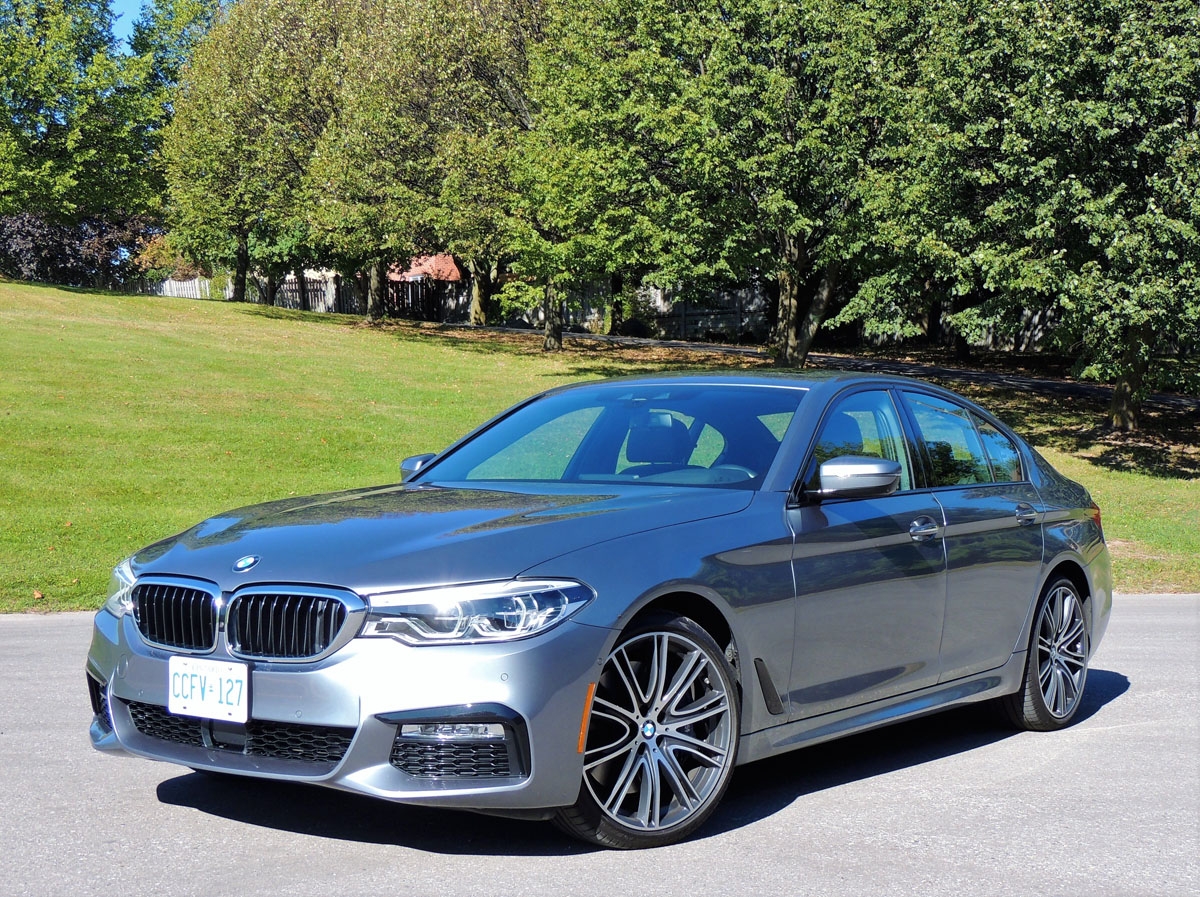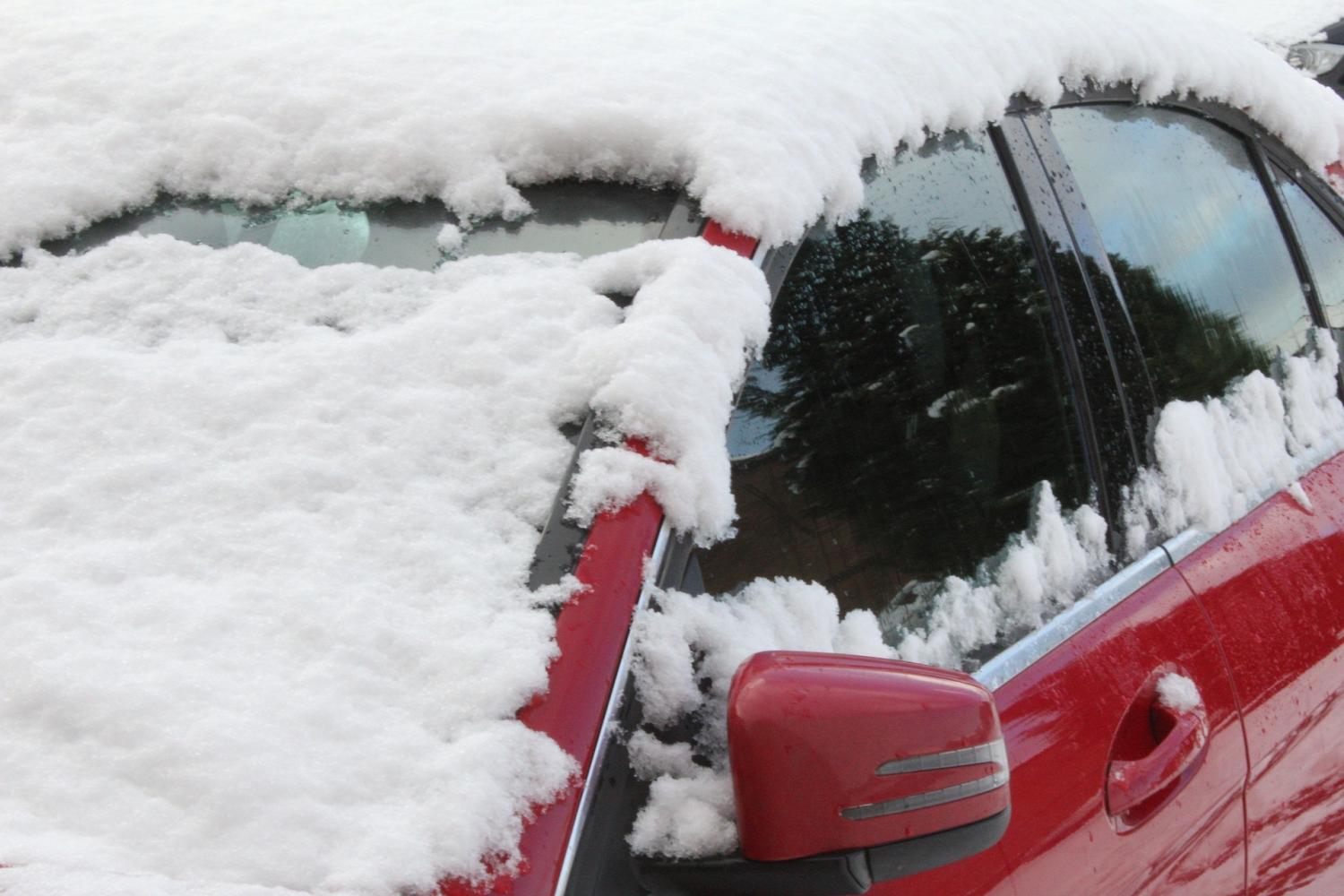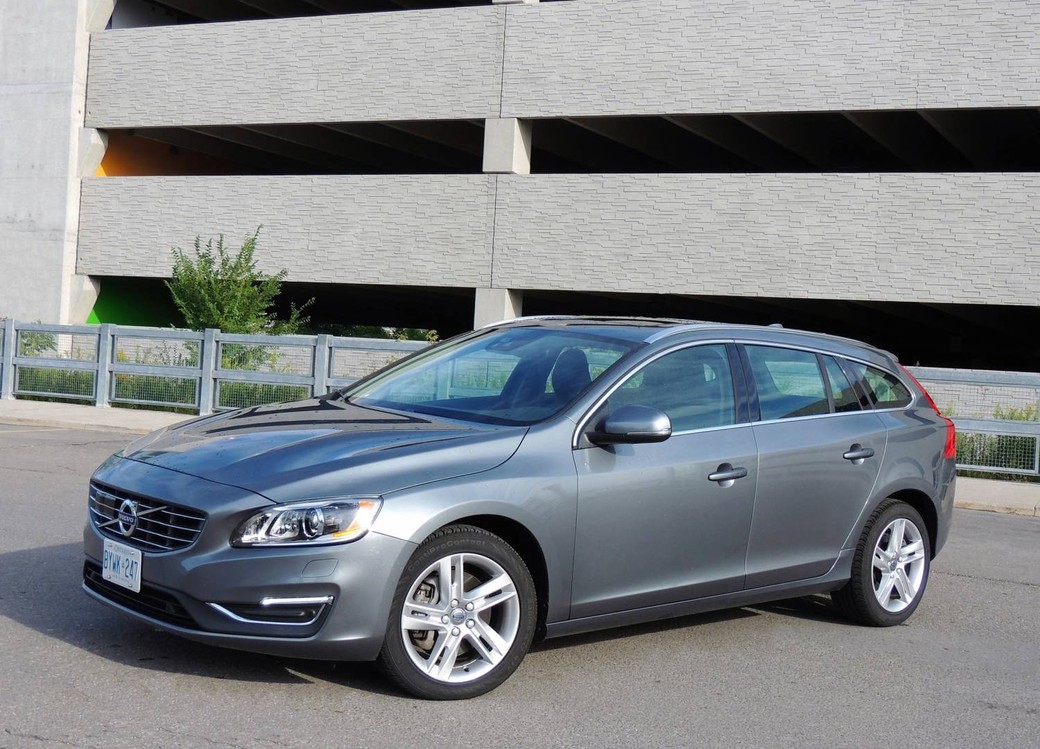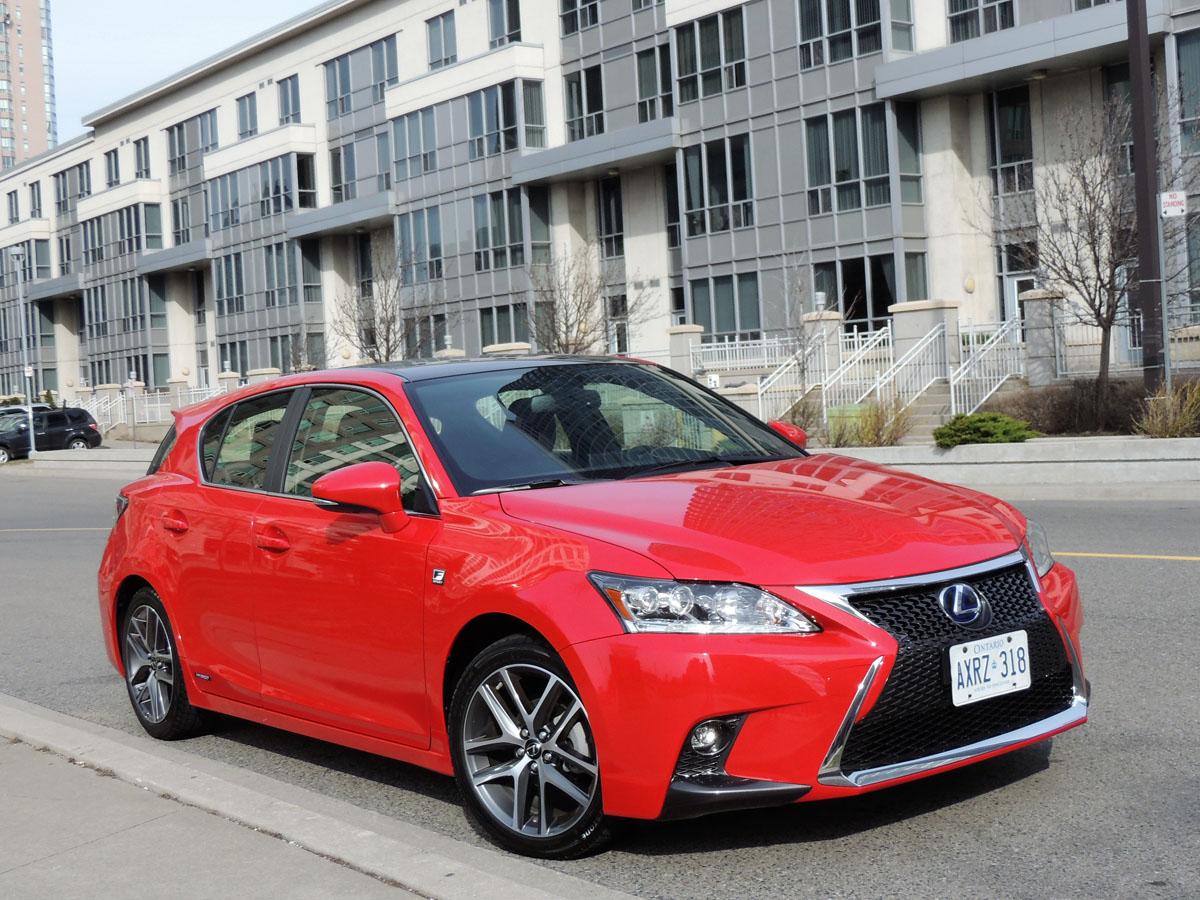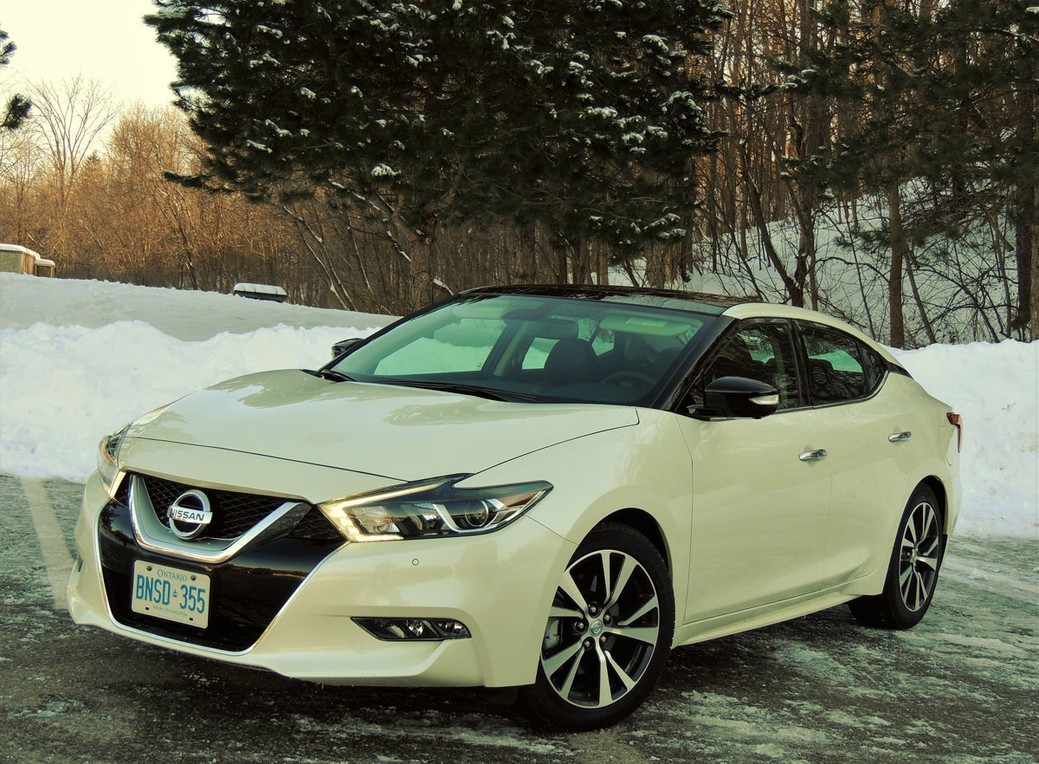
Maxima Makeover Delivers a True Flagship Sedan
Photos by Neil Moore.
Nissan calls it their “four-door sportscar” and it was an unusual choice for a mid-winter test.
Some kind of all-wheel-drive vehicle is typically on my calendar this time of year, but after having it shod with a good set of winter rubber, I had high hopes for the Maxima. I may have been facing a week of snow, ice and slush, but was usually blessed with at least a day or two of bare roads.
Enough to give me a taste of its well-marketed sporting cred.
Maxima, now in its eighth generation, is still the company’s flagship sedan, and last year you may have heard some hoopla over its extreme makeover. Tired styling was replaced by a sculpted, more upscale exterior, one that reflects Nissan’s new design language: wide stance and lower profile, bolder front end with the company’s V-motion grille – and the signature “floating” roof.
Okay, it’s not just hanging there, but a black strip on its steeply-raked C-pillar visually separates the roof. And with its long bonnet, short rear deck and protruding wheel arches, the Maxima exudes an athleticism not seen in many big cars.
Other nice touches include wide-bore dual exhausts nicely integrated within the rear fascia, boomerang-style taillights and headlights, and 18-inch machine-finished aluminum alloys (19-inch on SR models).
For 2017, Maxima comes in five flavours: S trim, starting at $34,400, SV ($36,560), SL ($39,660), SR ($41,760) and Platinum ($43,960).
My ride was the latter, fully dressed with dual-panel moonroof, 11-speaker Bose premium audio, eight-inch infotainment with NissanConnect, power tilt/telescopic steering, rain-sensing wipers, LED ambient lighting, and Ascot leather seats with diamond-quilted leather inserts.

are as attractive as they are
comfortable – aided by heating,
cooling and power adjust.
The front buckets are heated and cooled, with eight-way power adjust and memory for the driver. They are also the “zero gravity” type that have proven their past worth on several long road trips.
Materials are held together with high-contrast double stitching throughout the doors, seats and centre console. Platinum models get a strip of faux woodgrain around the cockpit, that I wished was a little less “faux.” It’s a small gripe, considering the rest of this interior wouldn’t look out of place in an Infiniti.
Top models also get driver aids like around-view monitor, radar cruise control, blind spot warning, rear cross traffic alert, predictive forward collision warning and forward emergency braking.
At one time, I’d have considered these frills, but with so many aggressive motorists turning our streets and highways into war zones, I now welcome these driver aids. It’s the same tech that is paving the way towards autonomous driving, but is also making our self-driven cars safer.
Still, you needn’t spend large for a well-equipped Maxima, as even the base unit comes with loads of standard content: heated front seats, heated steering wheel, smart key with pushbutton start, dual-zone climate control, rearview monitor, eight-speaker audio, eight-inch infotainment with navigation and Apple CarPlay. There’s even hands-free texting.
The touchscreen is within close reach, and angled towards the driver. But if stabbing at small, virtual buttons in a moving car isn’t your thing, try the rotary controller. It functions like a mouse and is positioned where your hand drops from the centre armrest.
Rear seats are commodious, with loads of head and leg room, and enough width for three. The 60/40 seatbacks drop if you need to expand the 405-litre trunk, but they don’t fold flat.
Passenger and cargo considerations aside, what makes Maxima stand out from Altima and other mid to large sedans is its driving dynamics. Front-wheel-drive and a CVT isn’t the typical power combo for a sports sedan, but in this Nissan, it works.
I’m not saying the new Maxima is a threat to Europe’s top rear-drive contenders, but it’s no slouch.

Firstly, Nissan has replaced the previous 3.5-litre V6 (290 hp and 261 lb/ft of torque) with a new-gen version of the award-winning VQ series engine that now delivers 300 hp, along with better fuel economy.
It is mated to one of the best CVTs in the business – one that in an earlier test, I had mistaken for a quick-shifting automatic. Nissan’s performance-oriented Xtronic uses D-Step Logic Control, software that monitors speed, accelerator position – and how hard you stomped on it – to determine the ideal gear ratio.
Go hard on the pedal, and it will hold a virtual “gear” longer for better performance, and shift crisply like a good automatic or dual-clutch gearbox. Drive like someone who cares about saving the planet, and you’ll be rewarded with surprising fuel economy.
Ratings are 10.9/7.7 litres/100 km (city/hwy), but mine was a little less stellar at 11.3 litres/100 km combined. Keep in mind I was driving in snow much of the week, largely in stop-and-go traffic. I’d expect far better on open roads in warm weather.
I’ve heard the Maxima SR’s sport-tuned suspension is a bit firm, but had no such issues with the Platinum and its Macpherson strut front and multilink rear suspension. It is forgiving on rough pavement, but not soft, and has plenty of lateral bracing with hollow-tube front and rear stabilizer bars, and reinforcements in the trunk and front strut towers.
Also keeping ride more civilized on Platinum and other models are the standard 18-inch wheels, as opposed to 19-inch and stiffer low-profile tires on the SR.
But “civilized” is far from boring. The Maxima is as good at corner carving as any front-driver I’ve tested. Steering could use a little more feel, but aside from that, this sedan’s agility and responsive throttle make it fun to drive.
Before 2016, Nissan would have been hard pressed to explain why buyers should opt for a pricier Maxima over an Altima (or a Camry or Accord). Now they’ve upped their game with a sedan that is worthy of flagship status – and that “sports car” comparison their marketing team is so fond of.

SNAPSHOT: 2017 Nissan Maxima Platinum
BODY STYLE: premium full-size sedan
ENGINE: 3.5-litre DOHC V6 (300 hp, 261 lb/ft)
TRANSMISSION: Xtronic CVT with D-Step logic, manual shift mode and sport mode, front-wheel-drive
FUEL ECONOMY: 10.9/7.7 litres/100 km (city/hwy)
CARGO: 405 litres
PRICING: S (base) $34,400, SV $36,560, SL $39,660, SR $41,760 and Platinum $43,960
WEBSITE: nissan.ca

